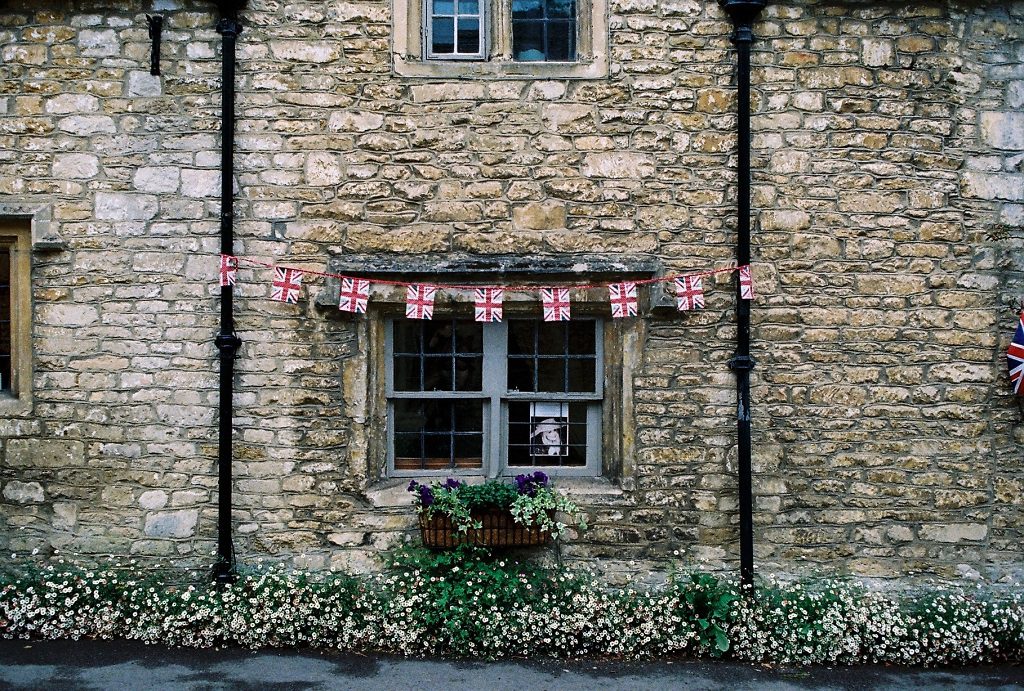Explore if your listed property could be eligible for equity release
If you are lucky enough to own a listed building then you may already be aware that there are certain restrictions in place that serve to protect your property for future generations. This means that equity release providers will typically need to give special consideration to a property if it is a listed building.
In this guide to equity release on listed properties, we will explore the following:
- How does equity release work?
- What is a listed property?
- What are the different categories of listed buildings?
- Can you get equity release on listed properties?
- Why can it be difficult to get equity release on listed properties?
- Which types of listed property are potentially eligible?
- Getting advice on listed property equity release.
To speak to a specialist adviser about unlocking the tax-free money from your listed property, call our friendly team on 0808 178 3055, or request a call back.




